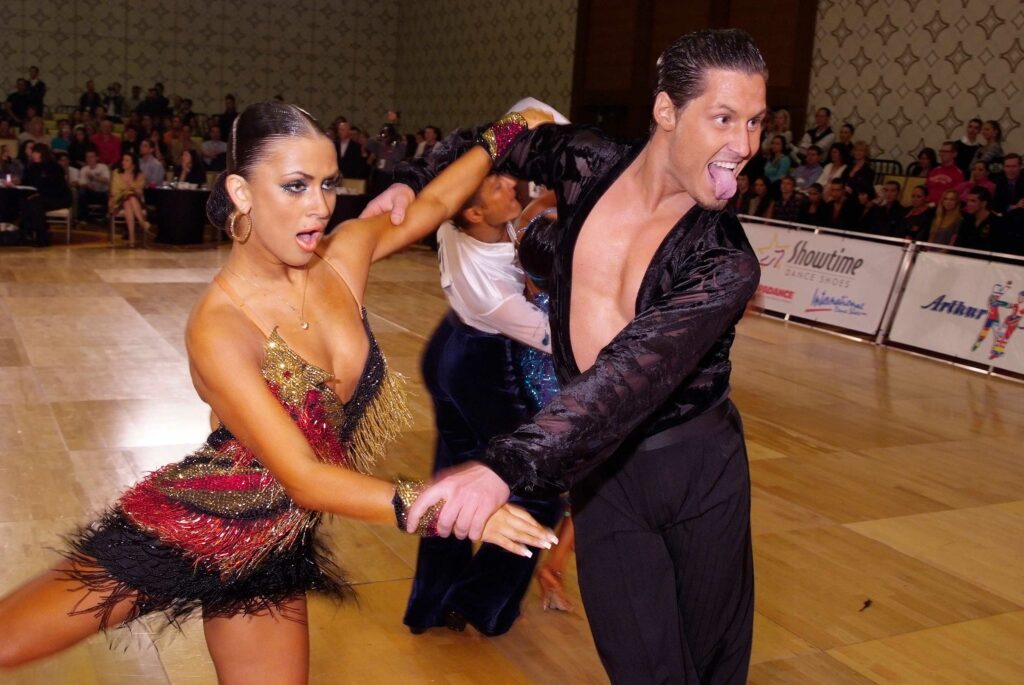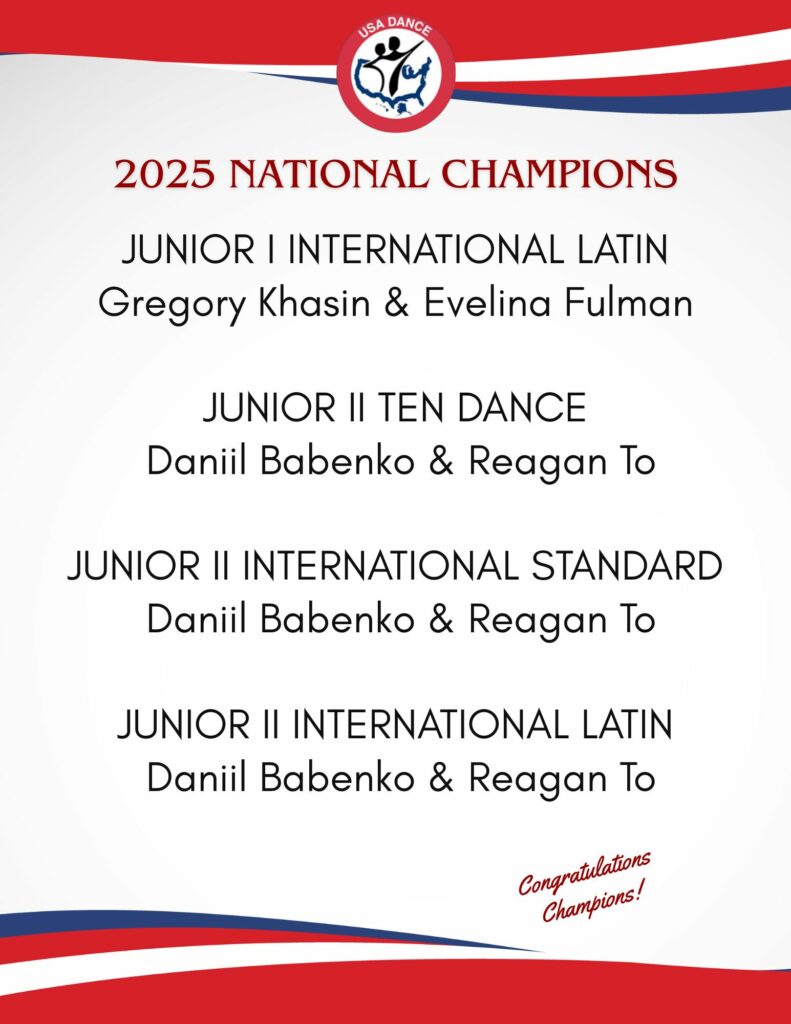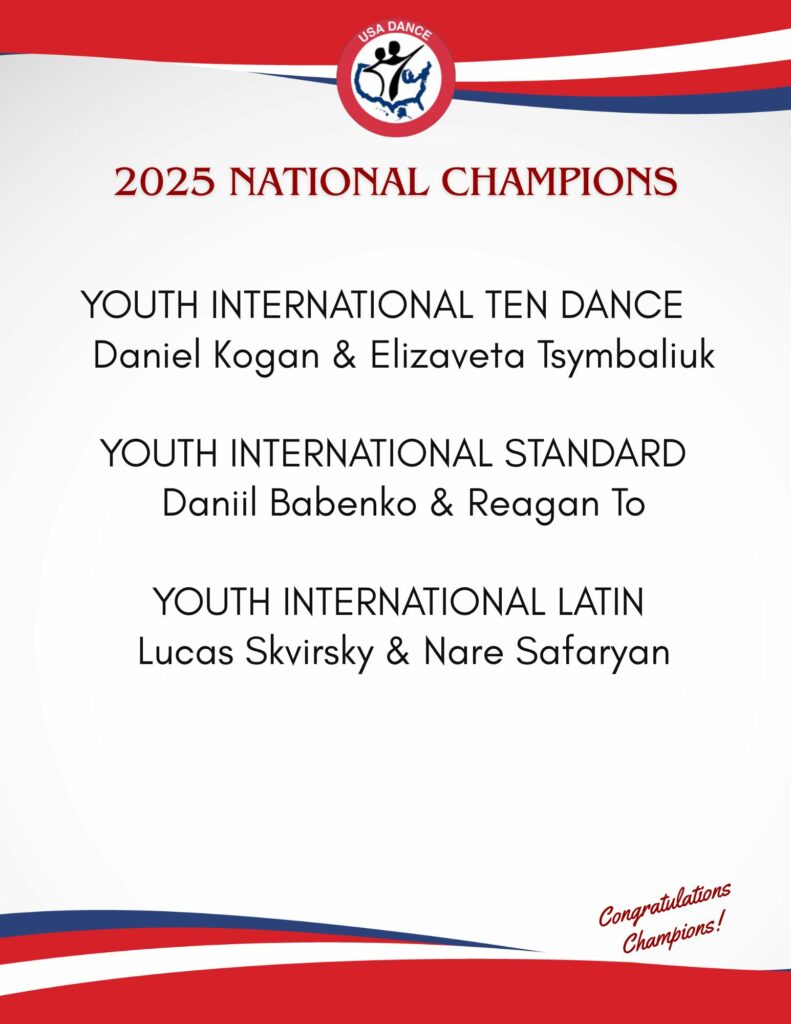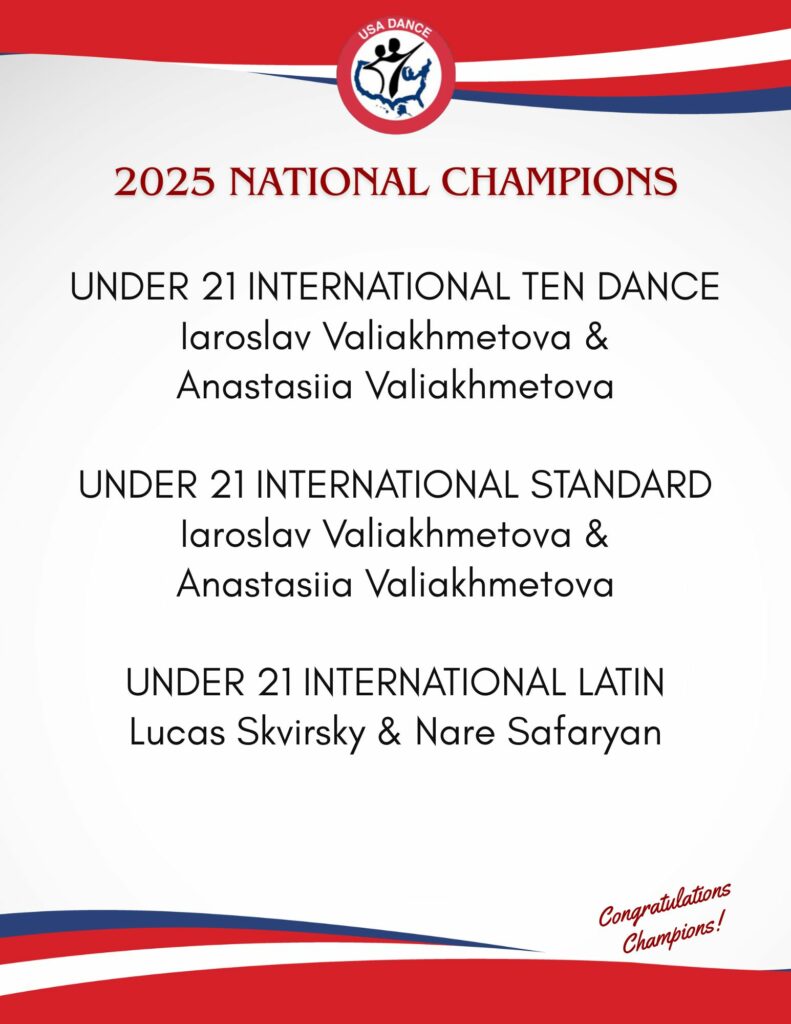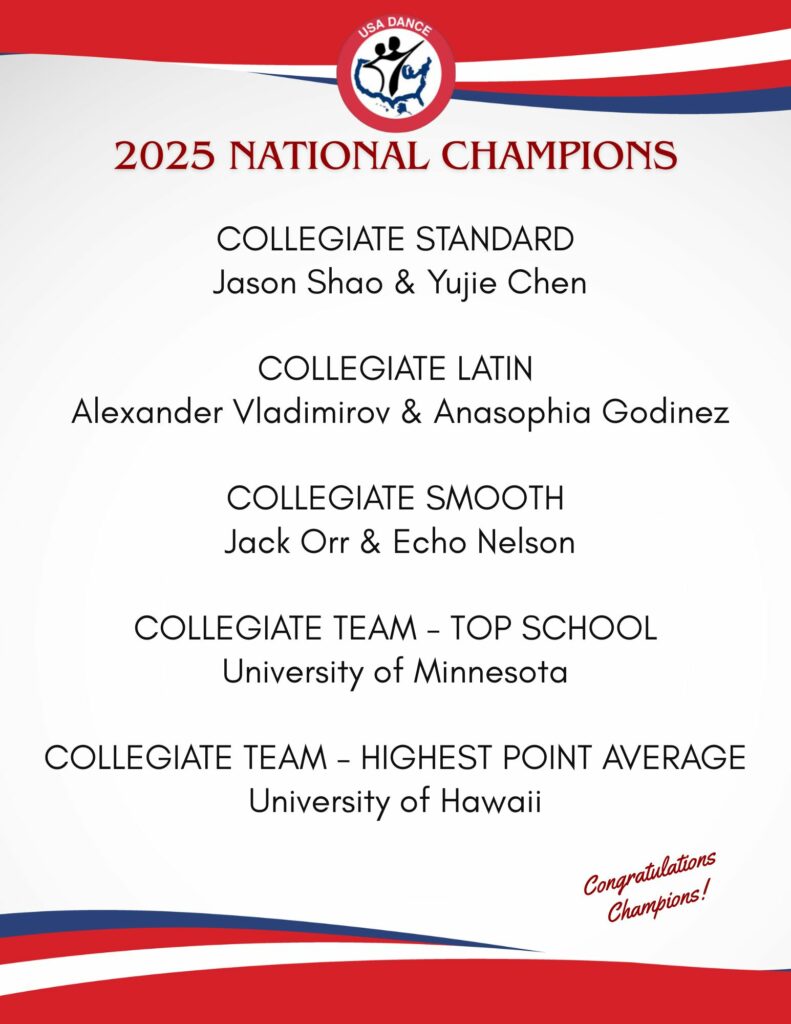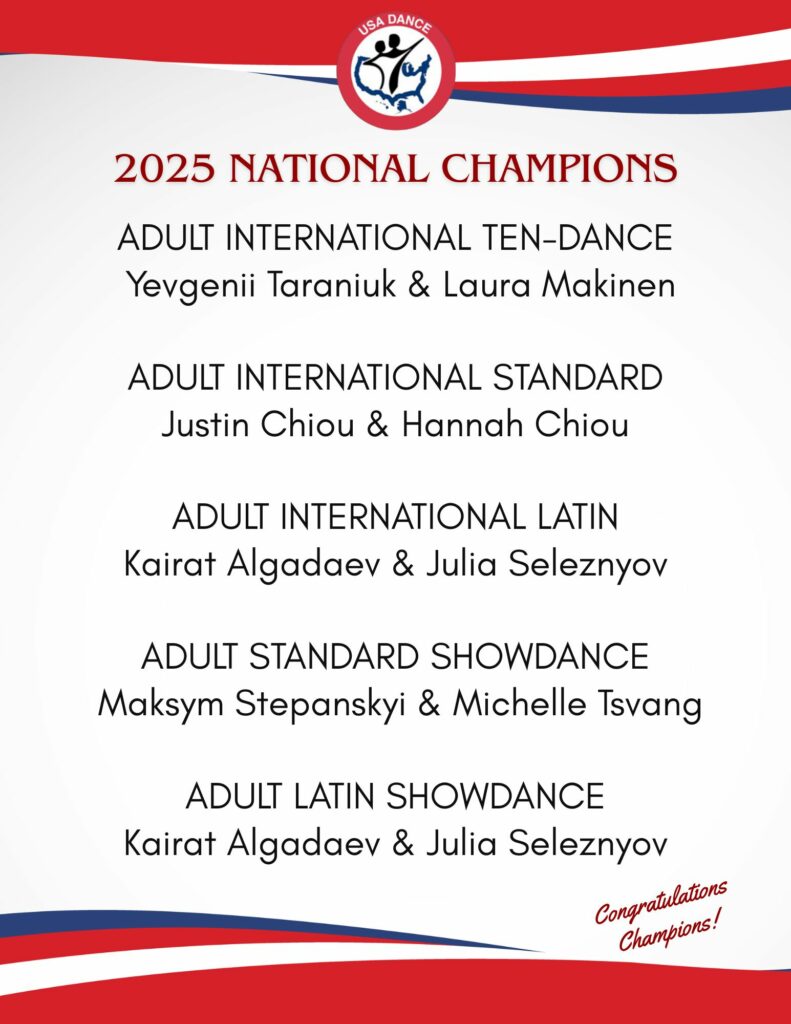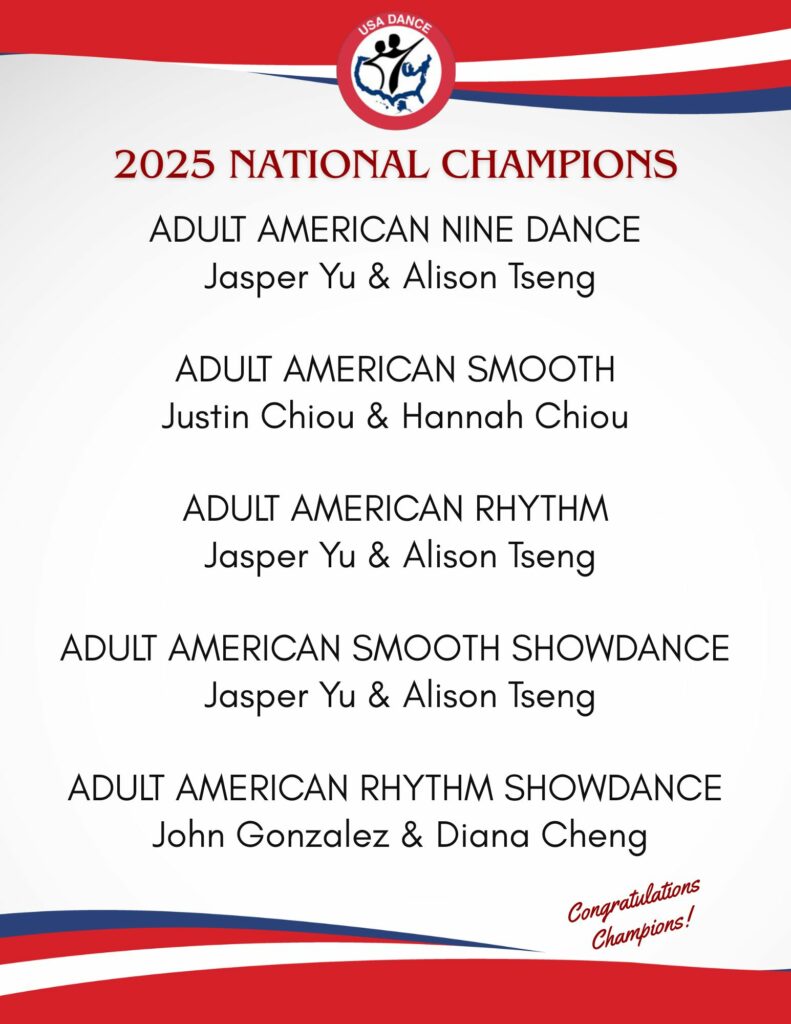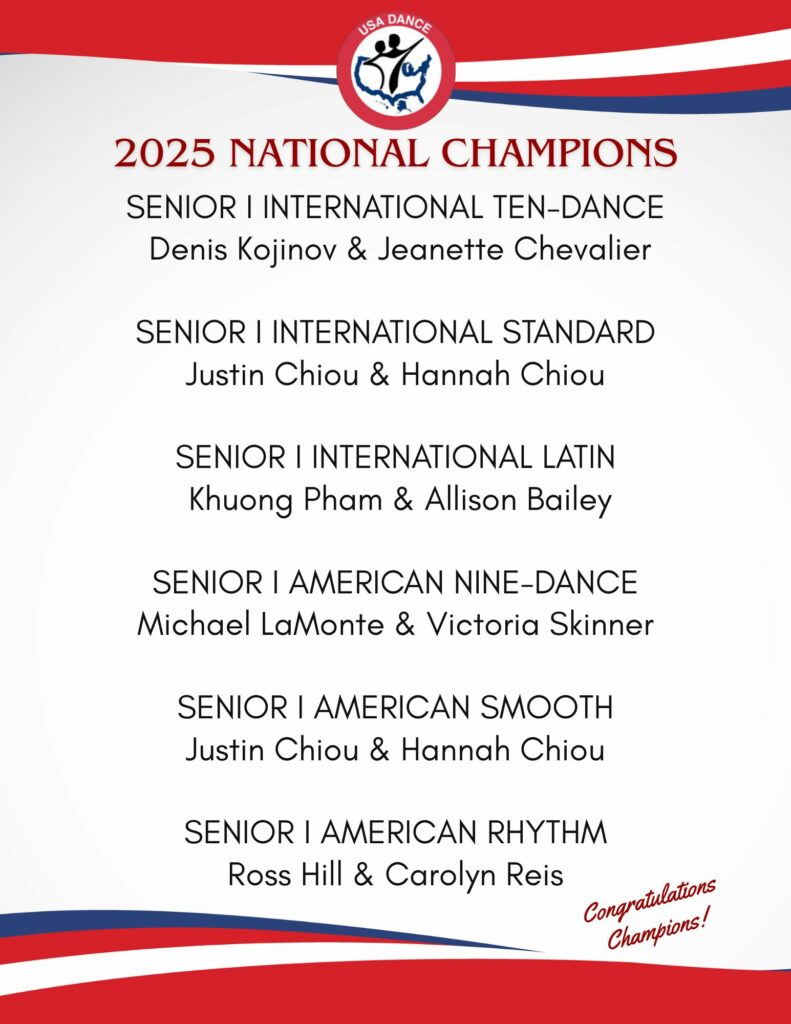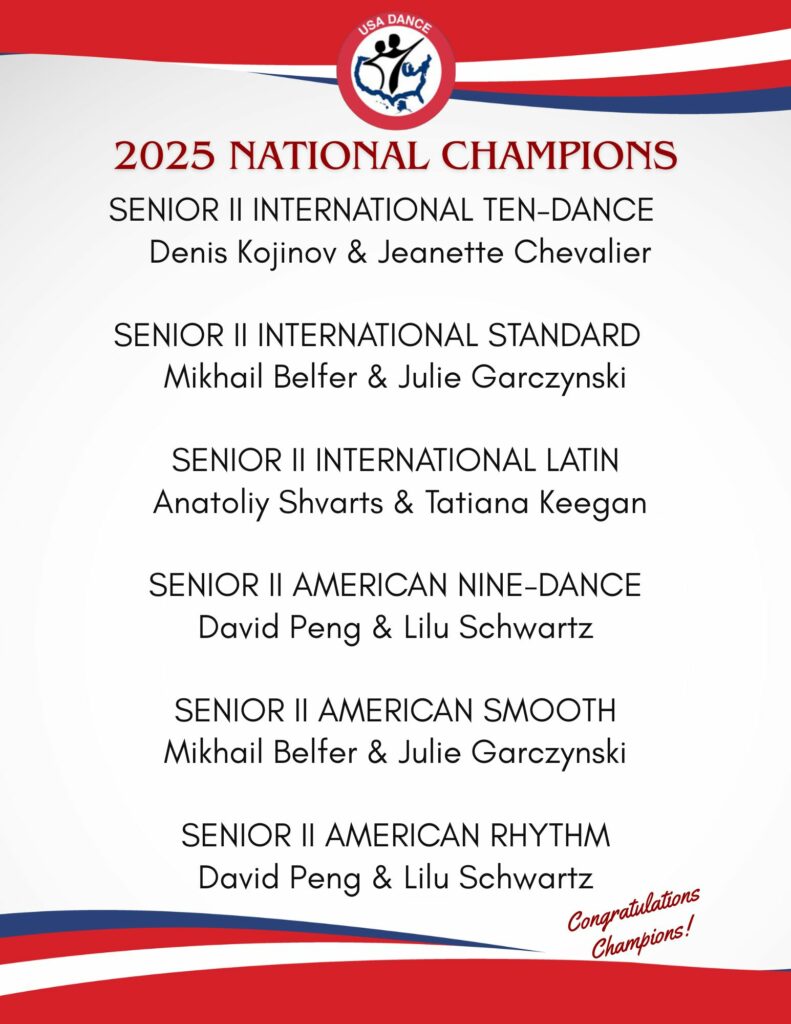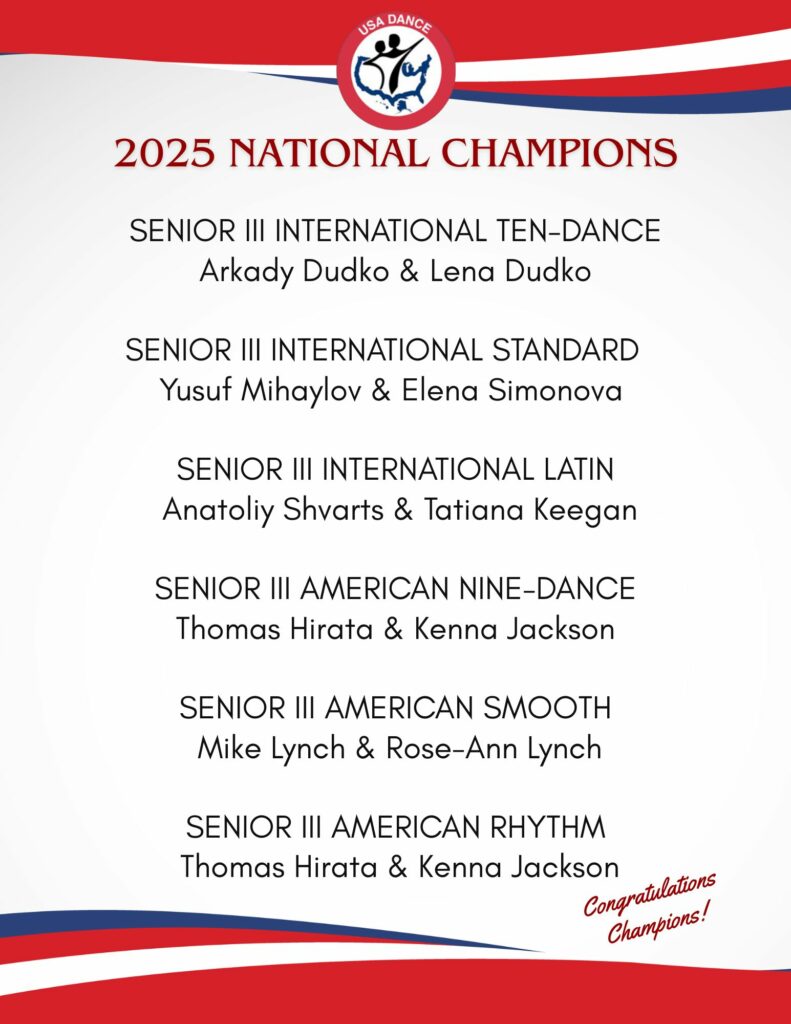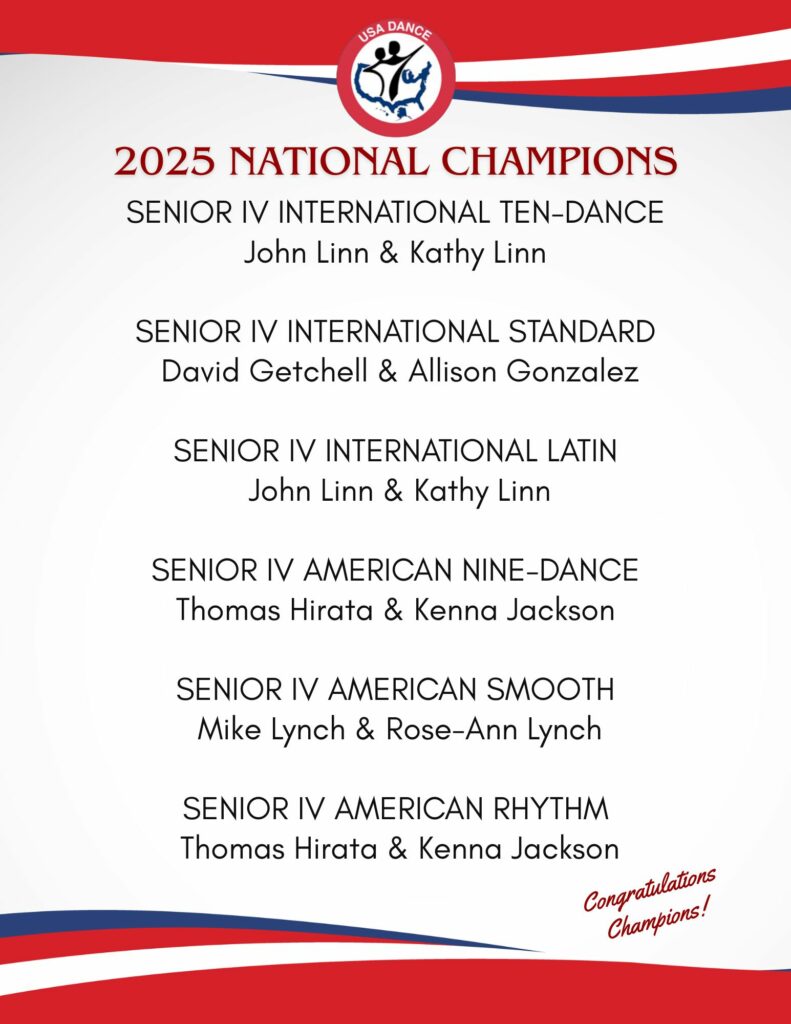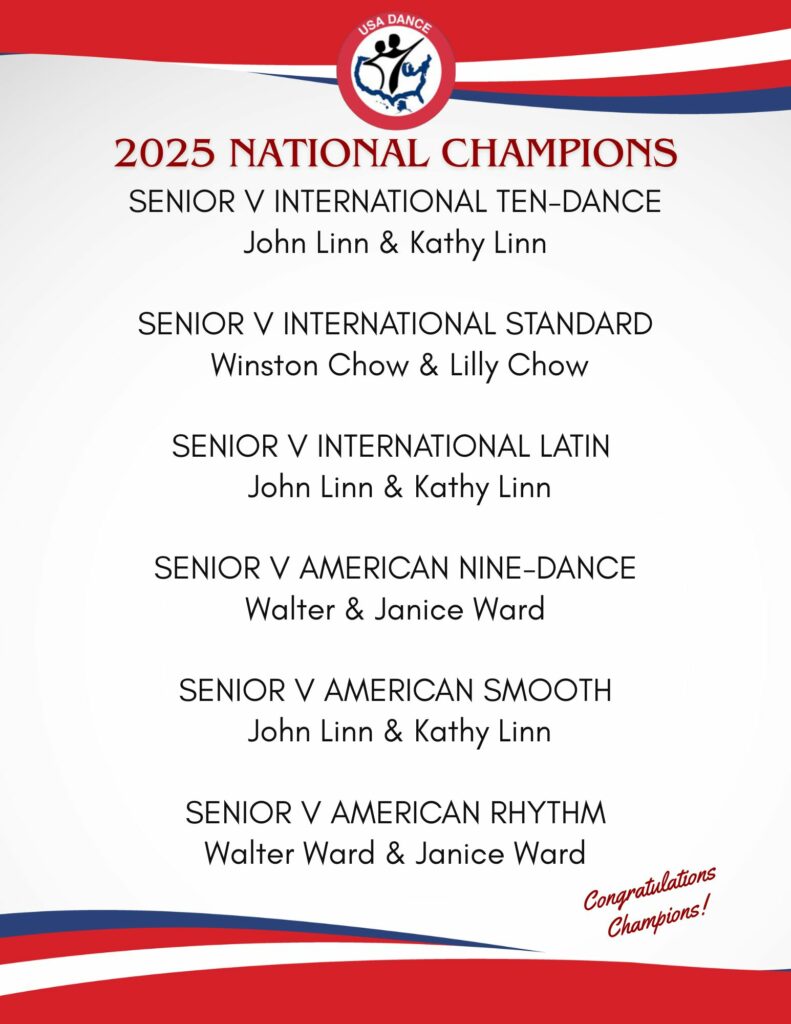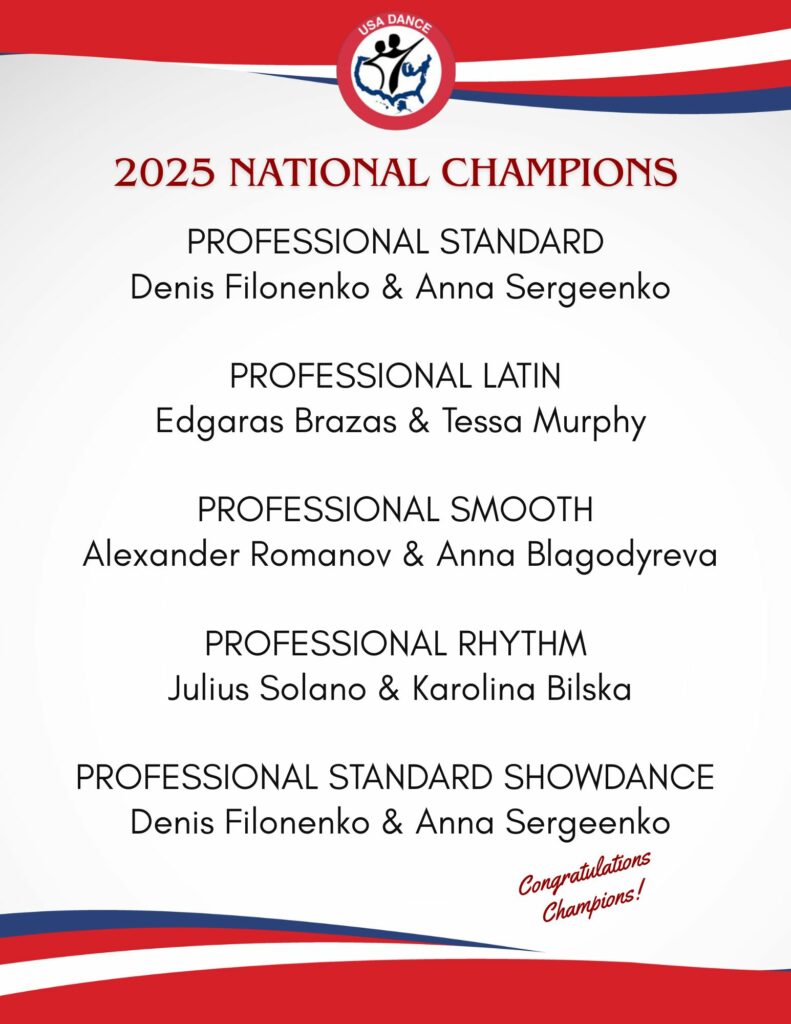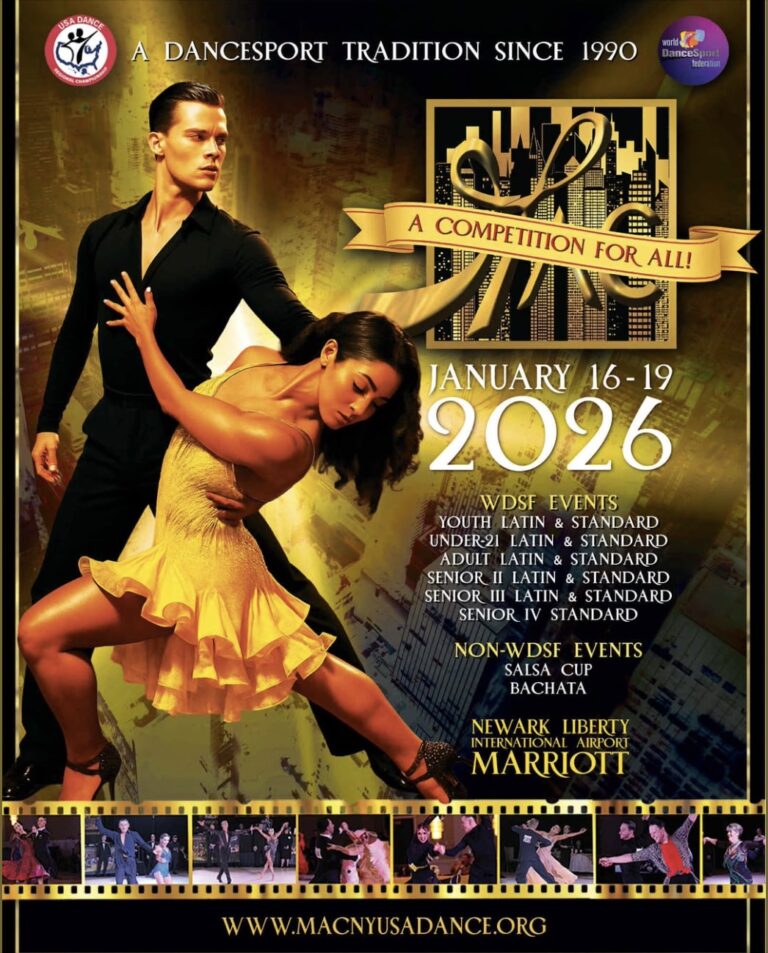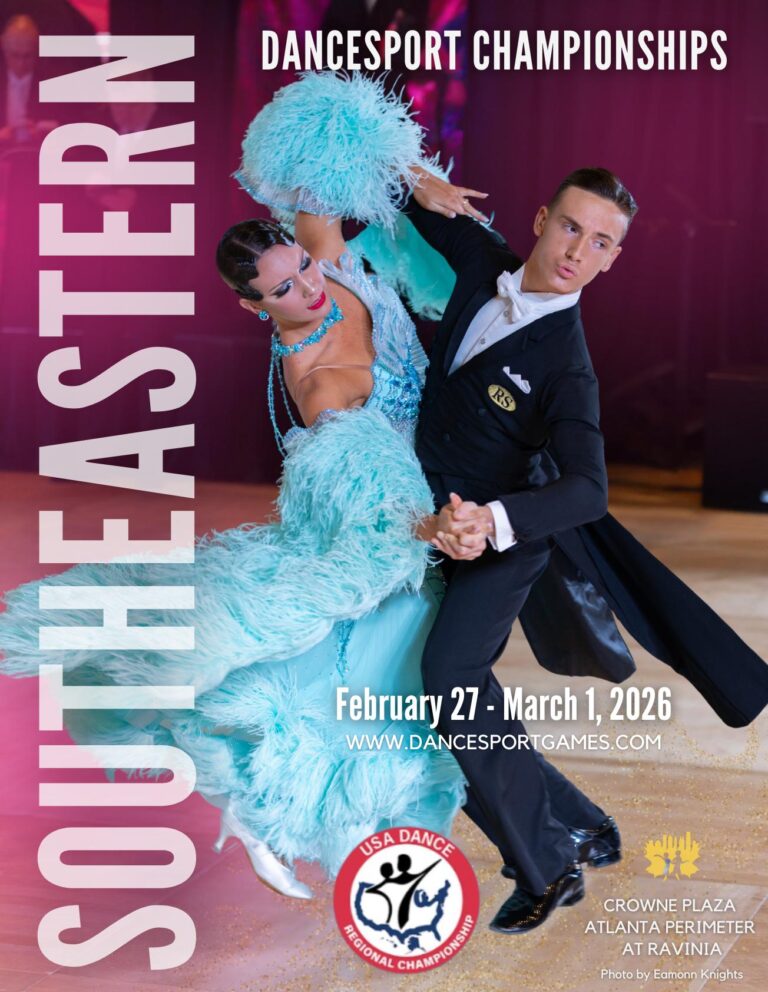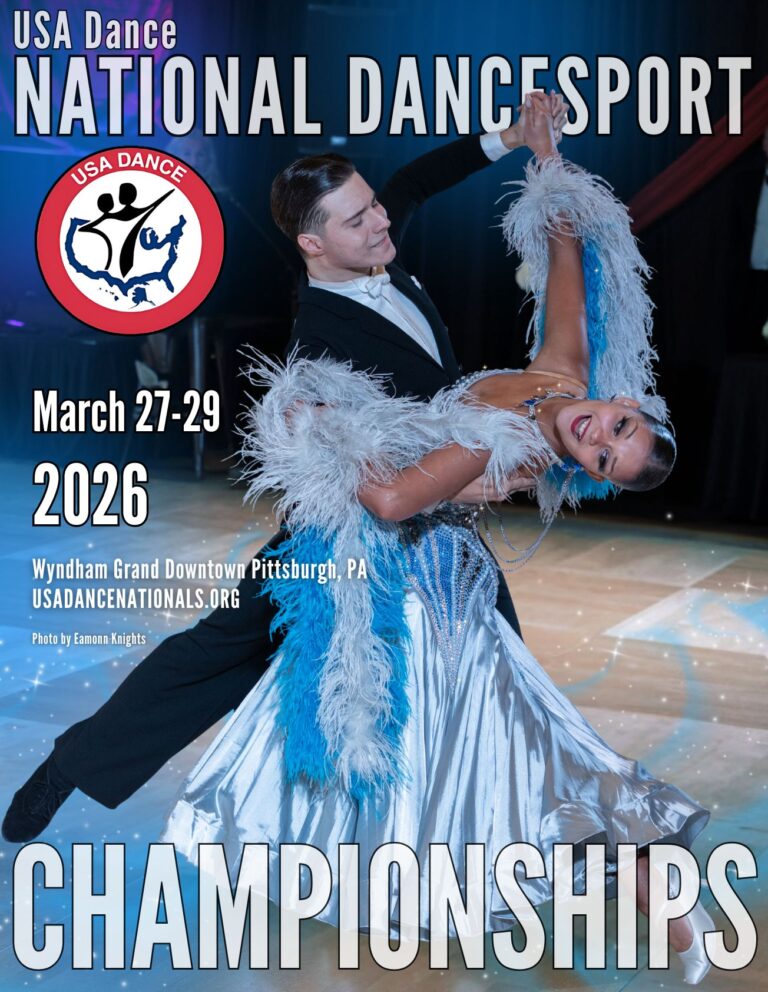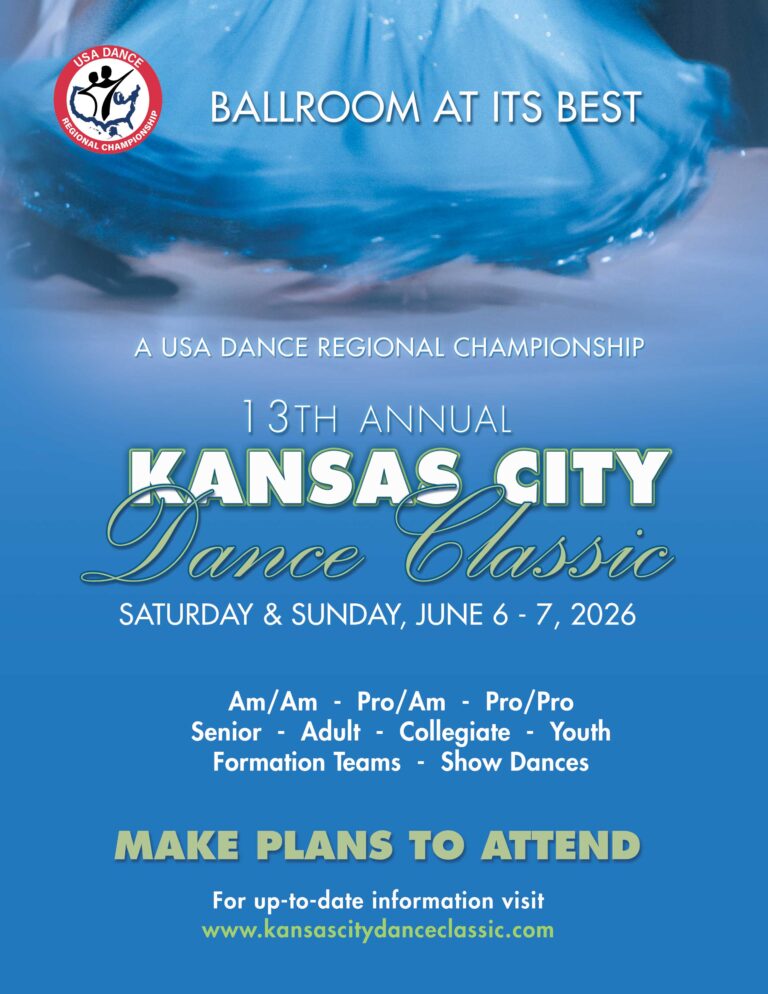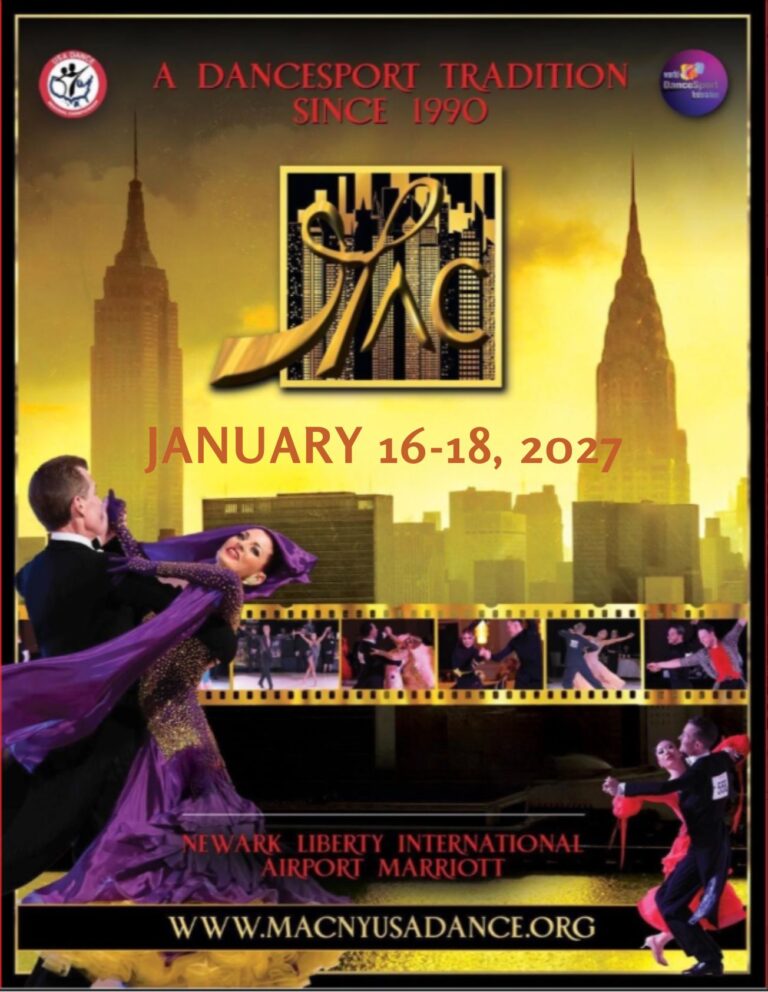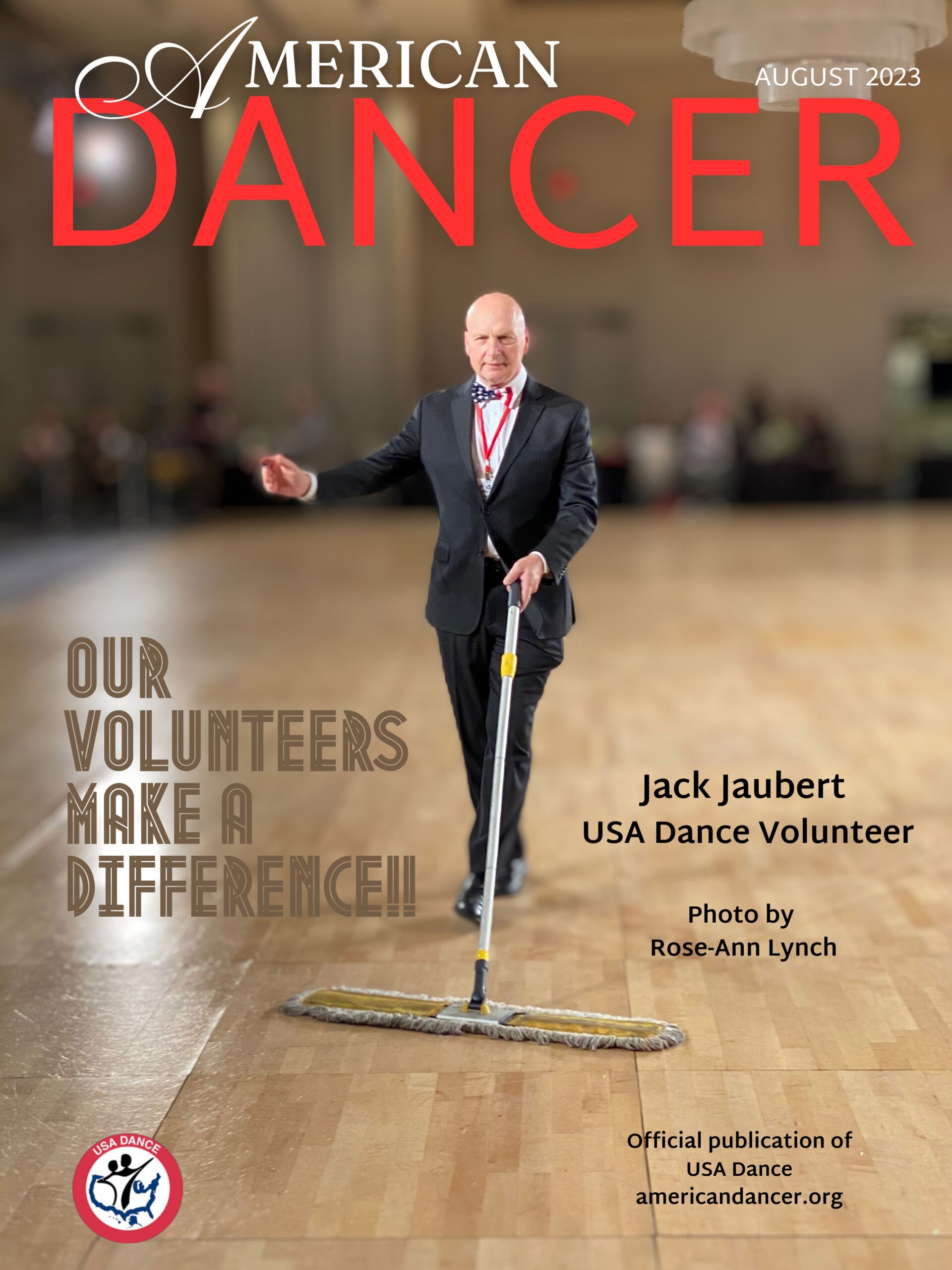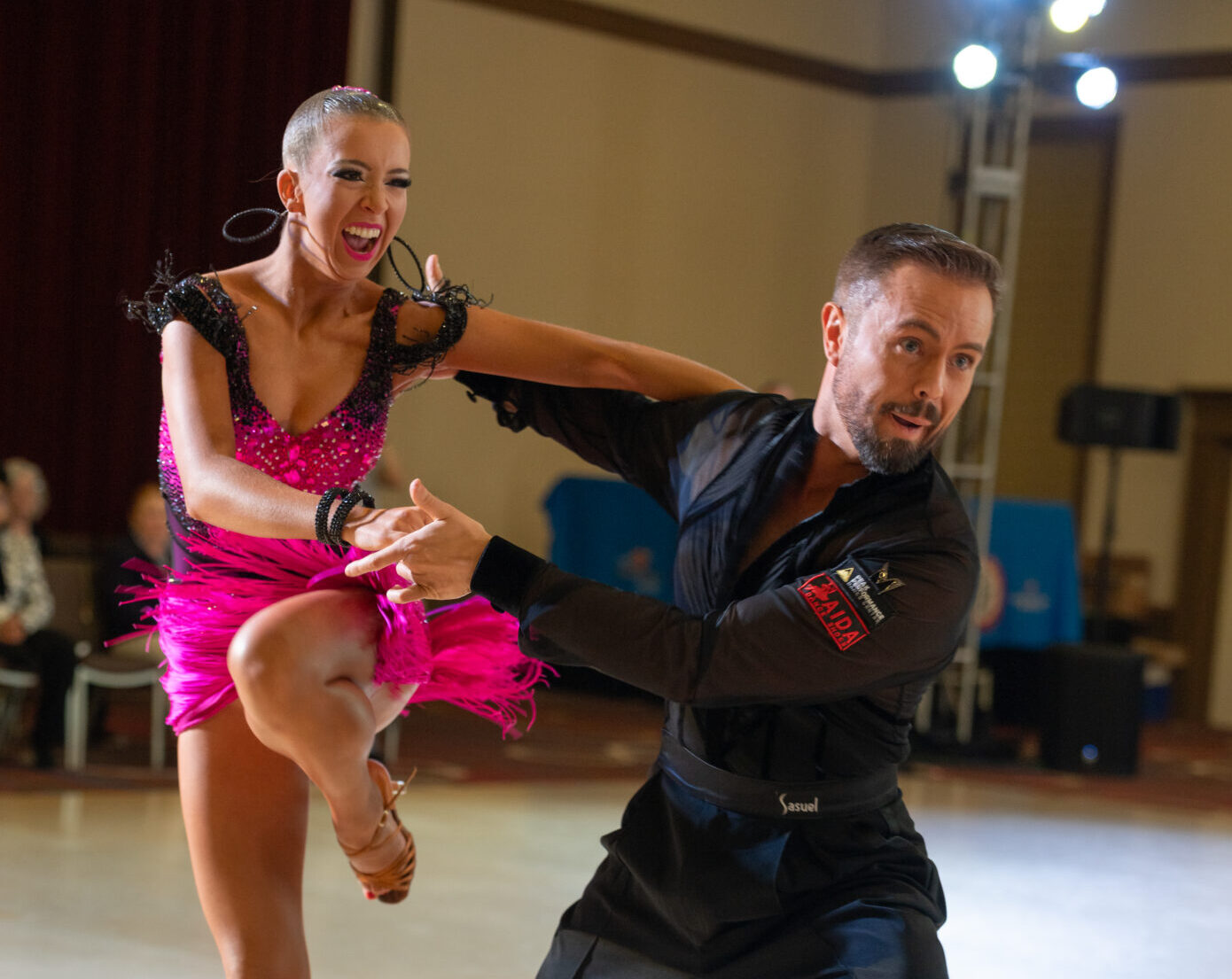I have had the pleasure and honor to volunteer as the official photographer at 18 USA Dance/USABDA Nationals over the last 23 years. Like any other sport, photographing DanceSport has its unique challenges.
I am always amazed and impressed with the level of artistry and athleticism. When photographing, I pay attention to the story that the couple is weaving through their choreography. If I have not seen the couple’s dance before, I listen to the music which can give you clues to peak moments in the dance. I recommend spending time just watching a few heats to get a sense of how the couples move around the floor. I look for moments where I can see both of the dancers’ faces. It makes for a more dynamic image, and the visual expressions help the viewer understand the story that they are dancing.
From a technical standpoint, if you are photographing Standard or American Smooth, if possible, get a seat in the corner where you can view the couples coming towards you along the line of dance. Because things happen so quickly, practice tracking the couple in the view finder so that you can instantly click the shutter. When photographing Latin or Rhythm, sitting anywhere on the sides of the floor opposite to the dais one will have a better chance of getting images because the dancers tend to present their choreography to the audience. Concentrating on one couple will make it easier to be successful of getting good images.
Lighting is always a challenge. Since in most cases, using flash is prohibited, you need to pay attention to areas of the floor that are well lit, and concentrate photographing in those areas.
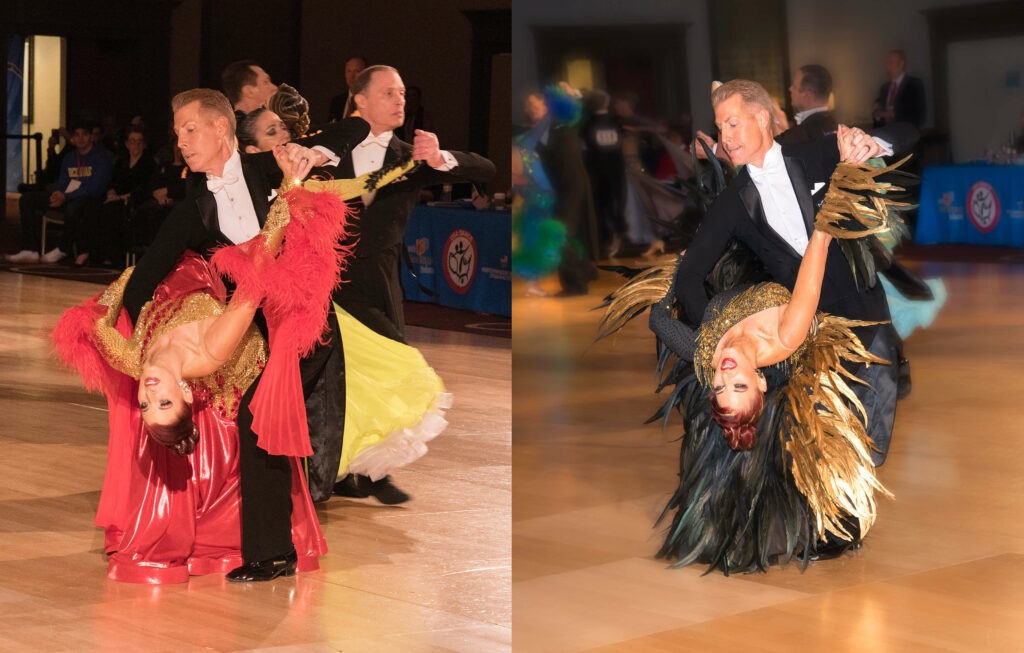
While photographing the Nationals in Pittsburg this year, I was tracking and paying attention to the choreography of Mike and Rose-Ann Lynch. I photographed this iconic pose (left image) in an earlier heat. When I realized that they were dancing again, I had a plan to reshoot the same pose. Fortunately, by being prepared, I captured what I consider the better image. (right image). Still, there is serendipity to photographing when multiple partners are dancing so close to each other. In the final image, I was fortunate that the Lynches were spatially separated from the other competitors. This is an example of learning the choreography of the couple you are photographing when they are dancing multiple heats.
So, what camera do you need to photograph DanceSport? For the most part using a phone for shooting stills is not going to work well, although it might be fine for video. Whatever camera equipment you use, the issues of brightness, distance from the floor, and the speed of the dancers are the major factors that one must deal with. If using an SLR or mirrorless camera, you will need a zoom lens with at least a range of 80-200 mm if shooting from the stands. The ISO rating could be as high as 1600, with a shutter speed no lower than 1/125 second but preferably 1/250 second or higher. Some of the point-and-shoot cameras that have controls for shutter speed and also have rather impressive zoom lenses such as Canon PowerShot SX70 HS and the Nikon COOLPIX P950. These are good alternatives.
Fortunately, because we are working in the digital realm, you can do tests and look at the results before committing to a certain set of parameters. If possible, it is helpful to practice before committing to shooting a friend’s heat.
It’s such an exciting and energizing experience to photograph DanceSport. Hopefully, you will have great success!
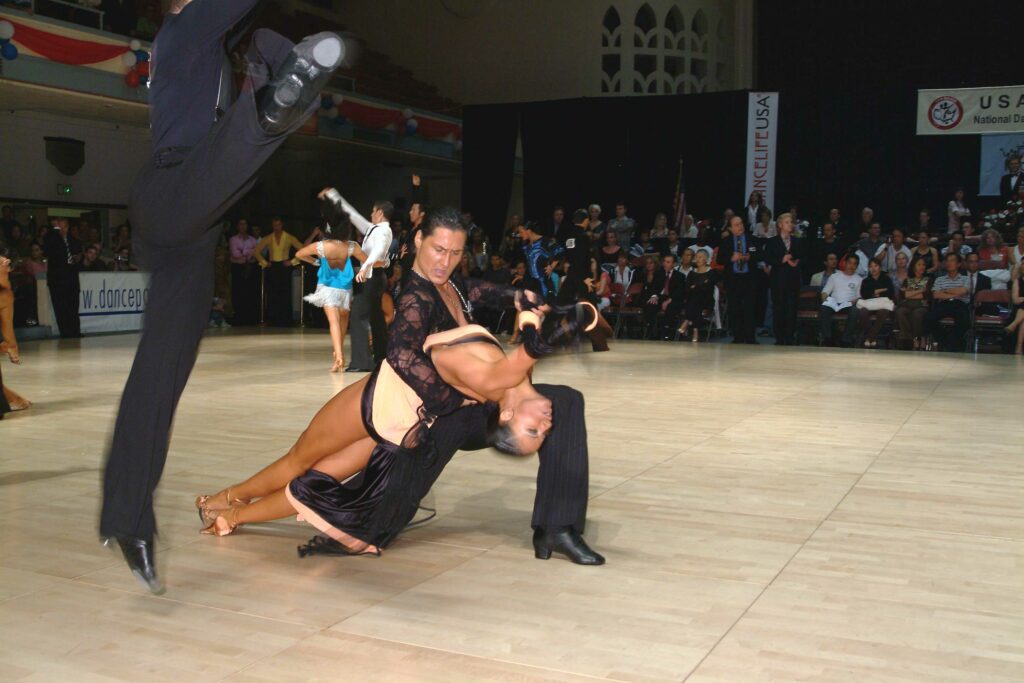
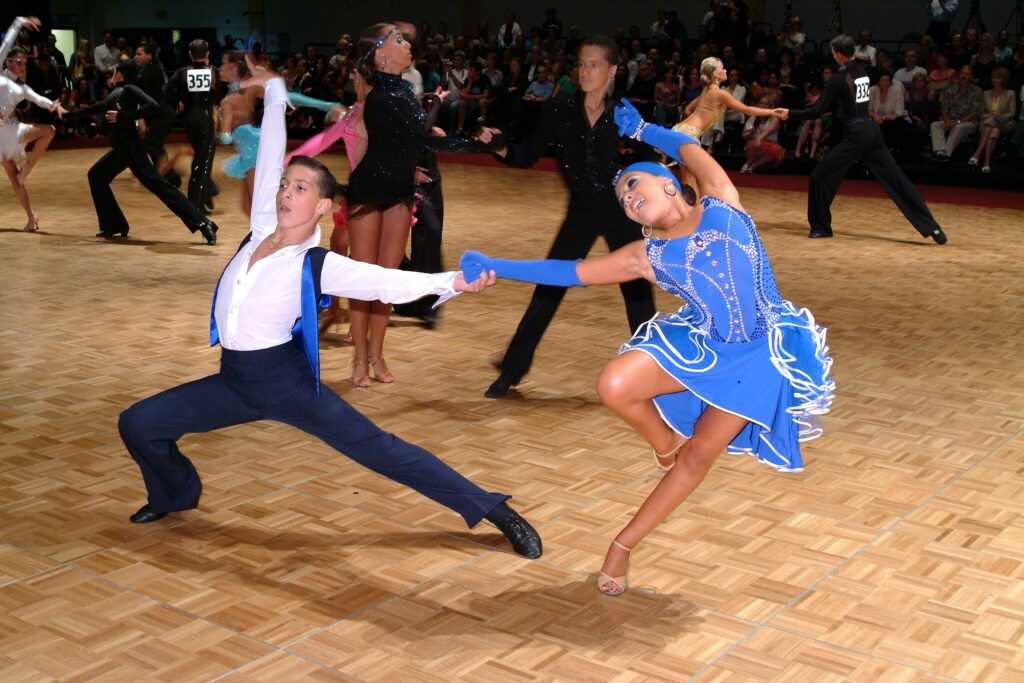
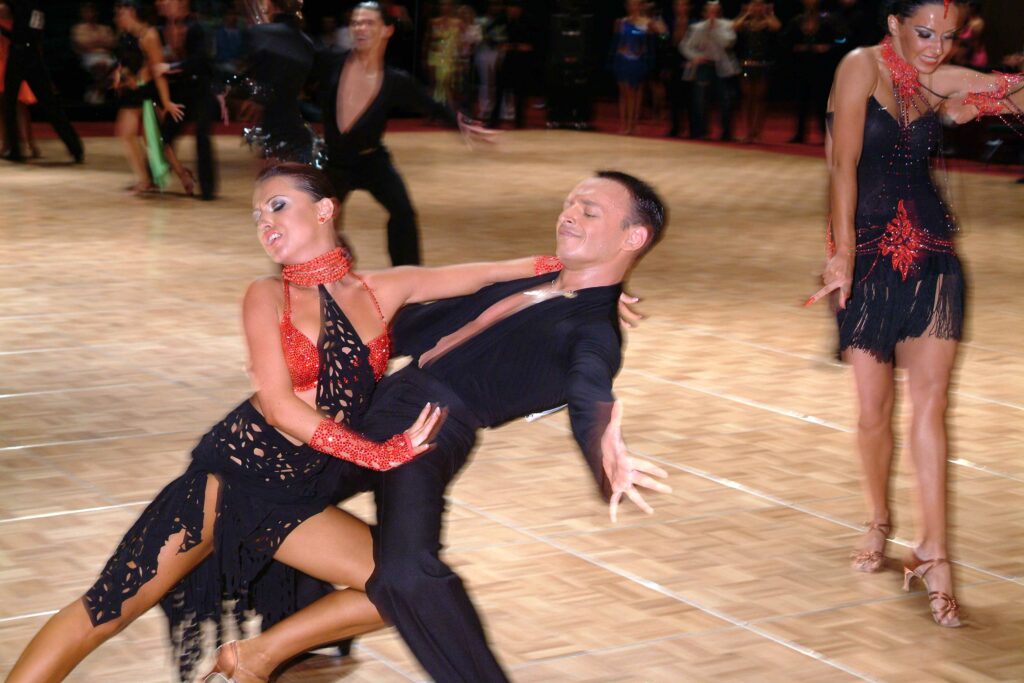
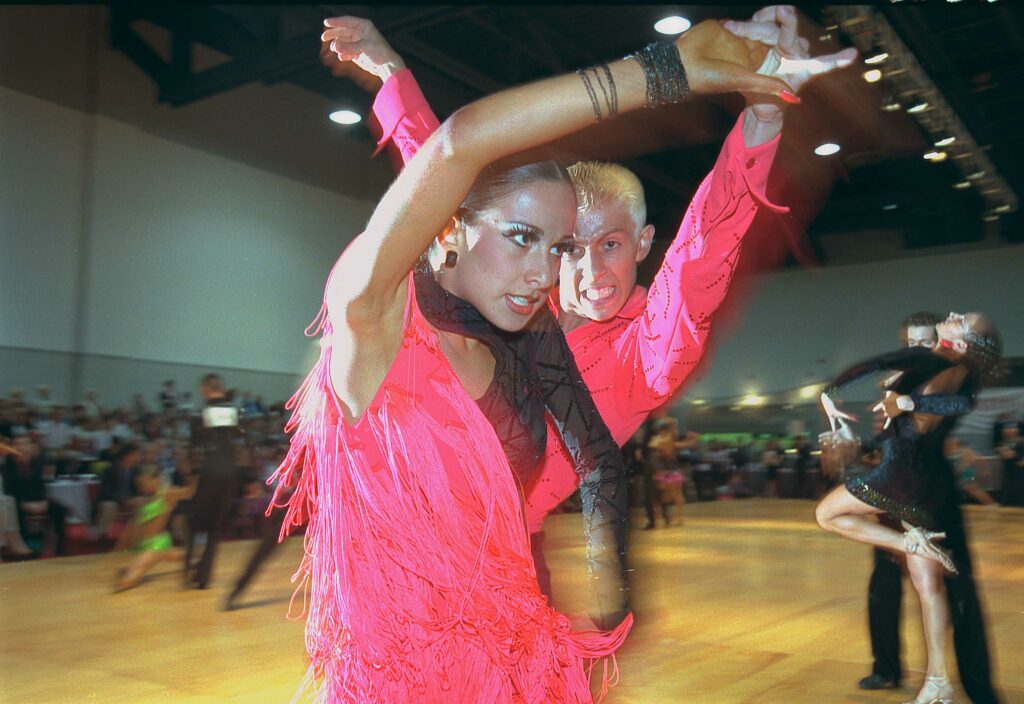
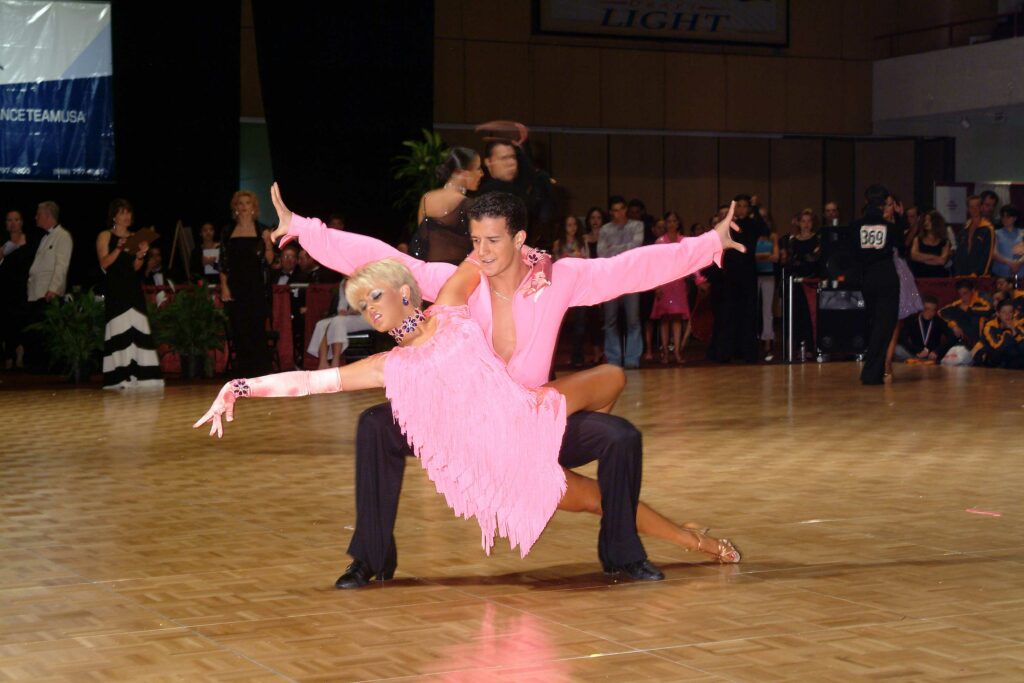
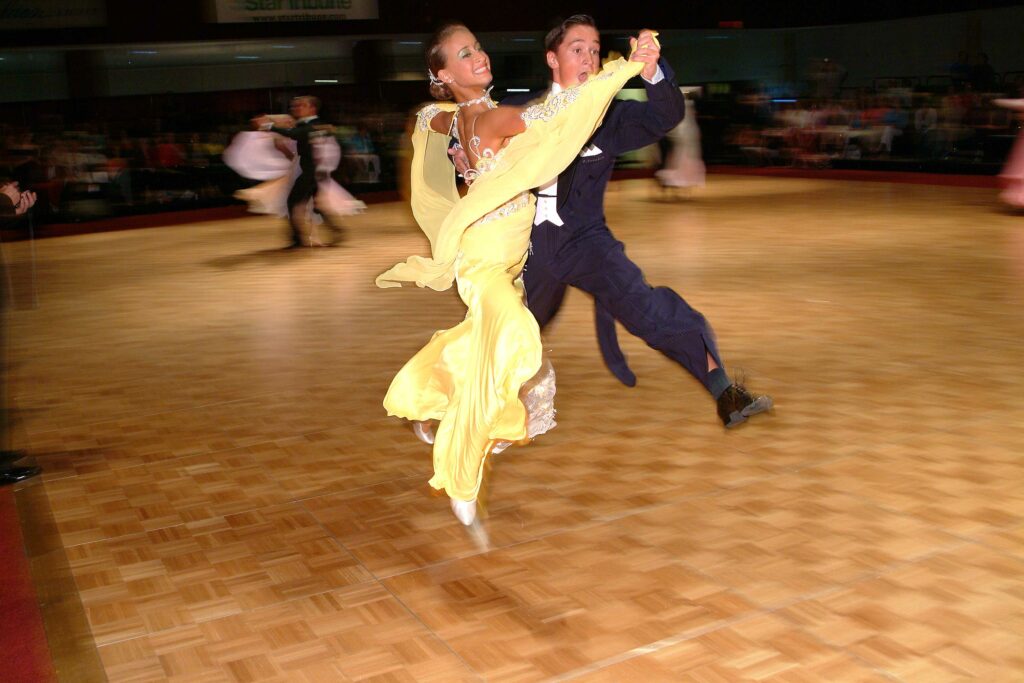
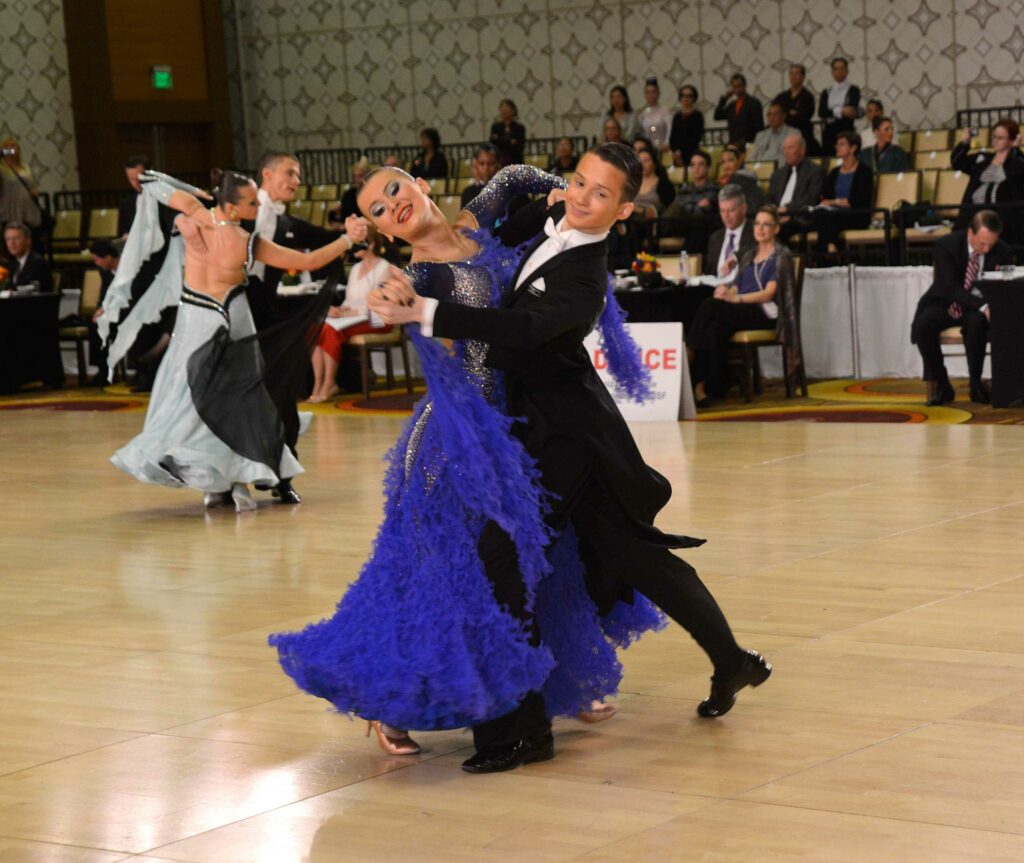
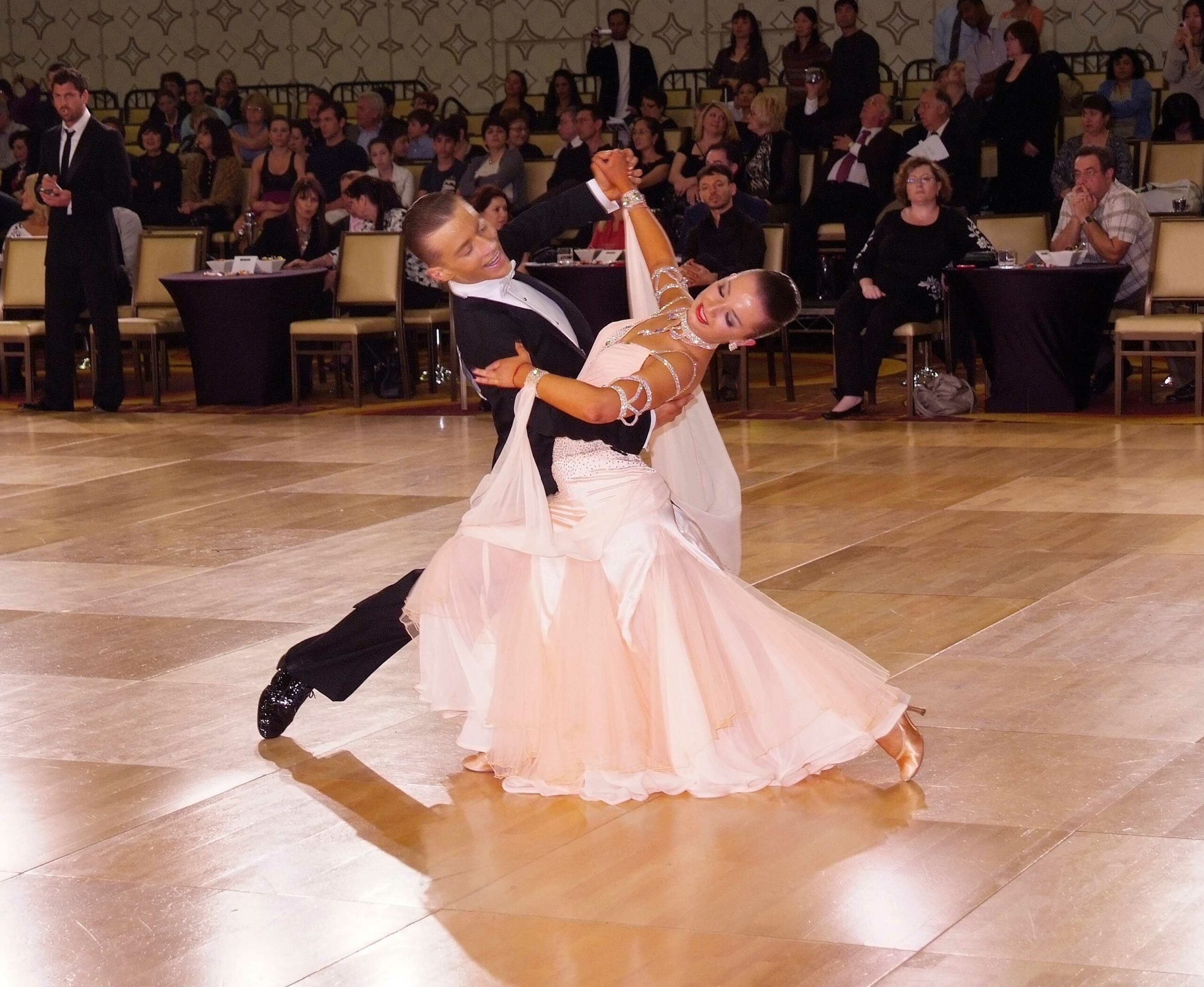
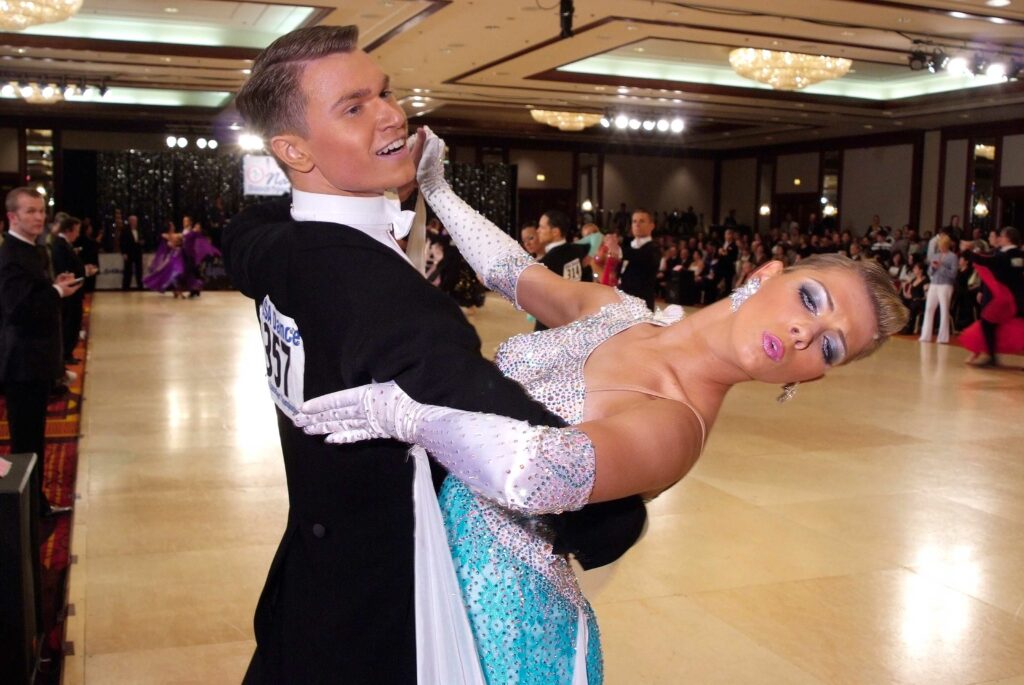
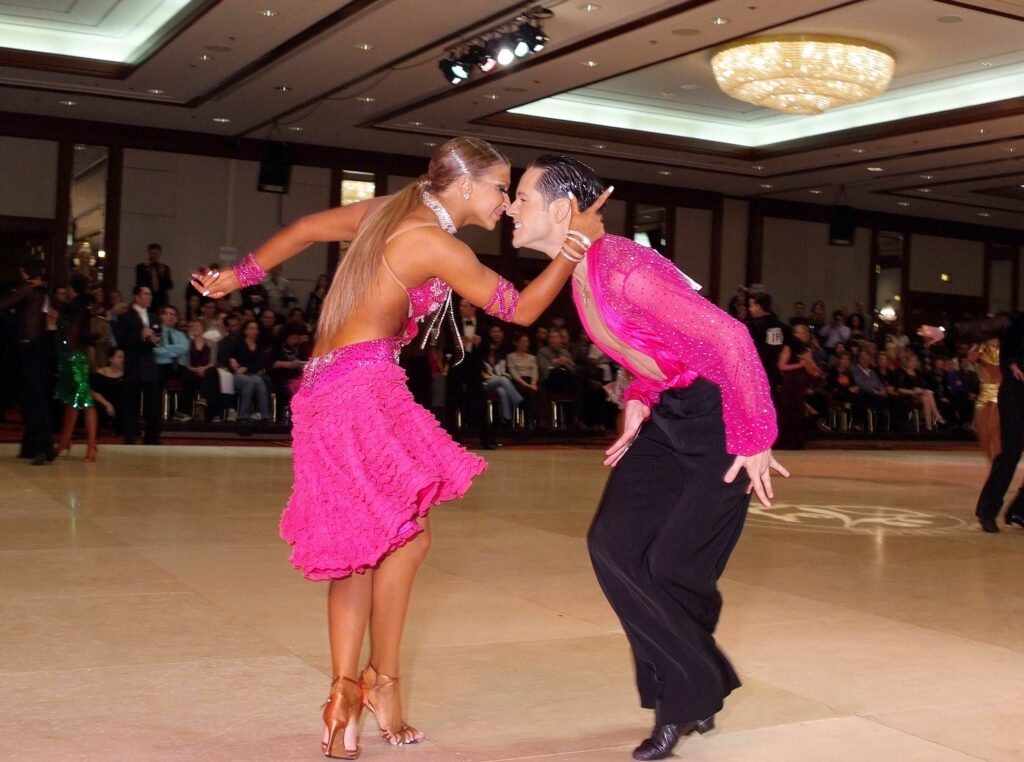
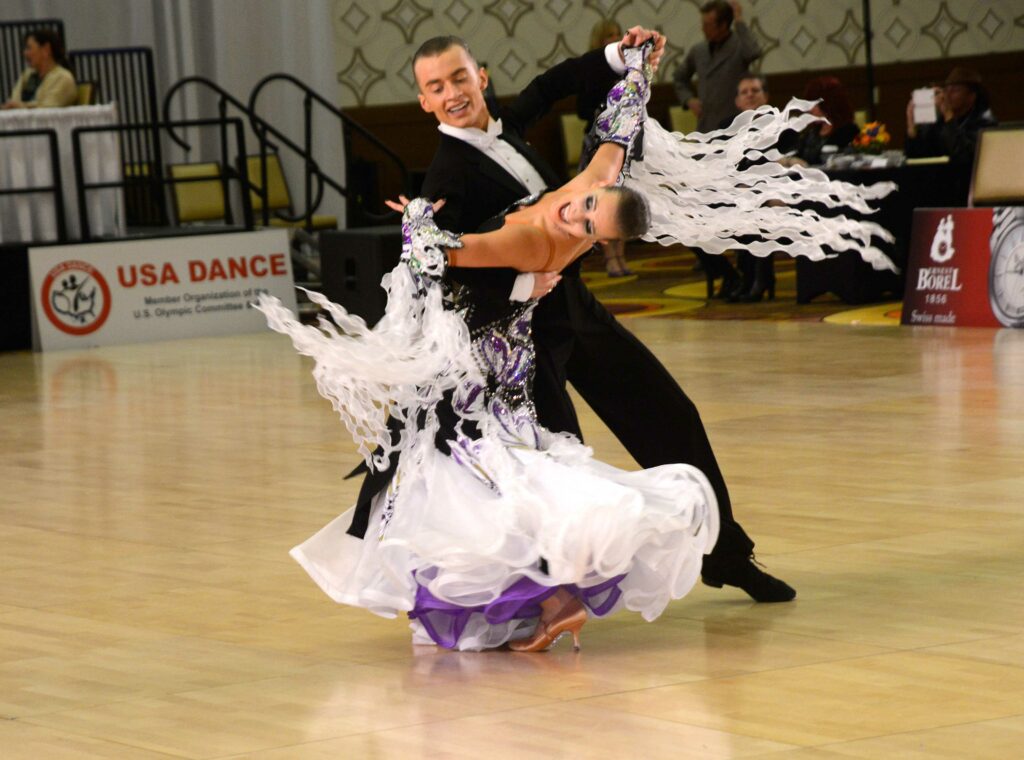
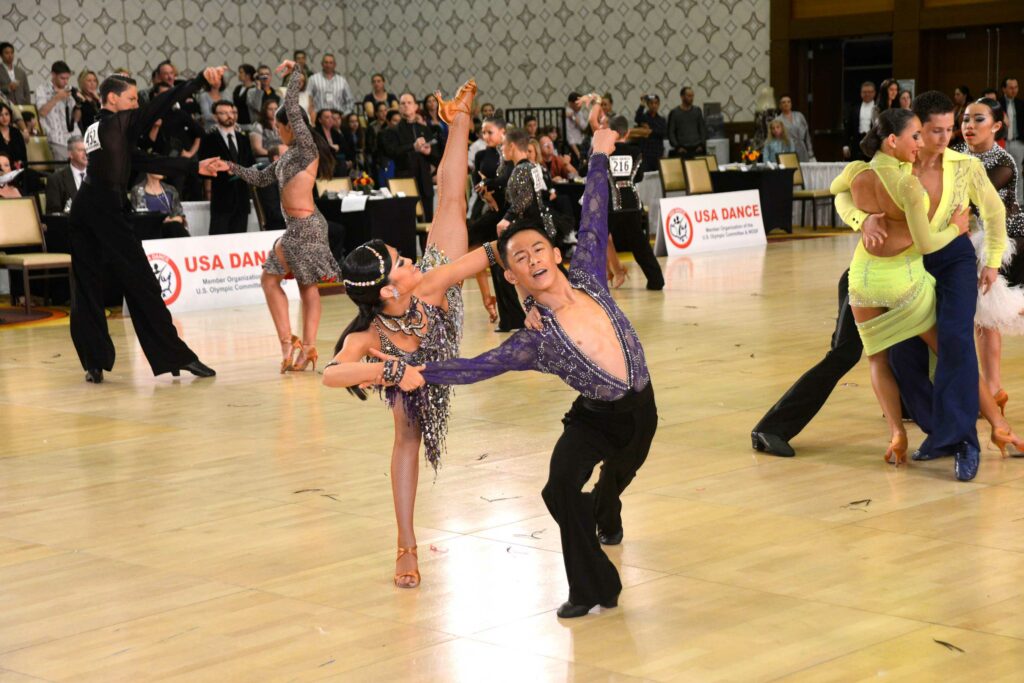
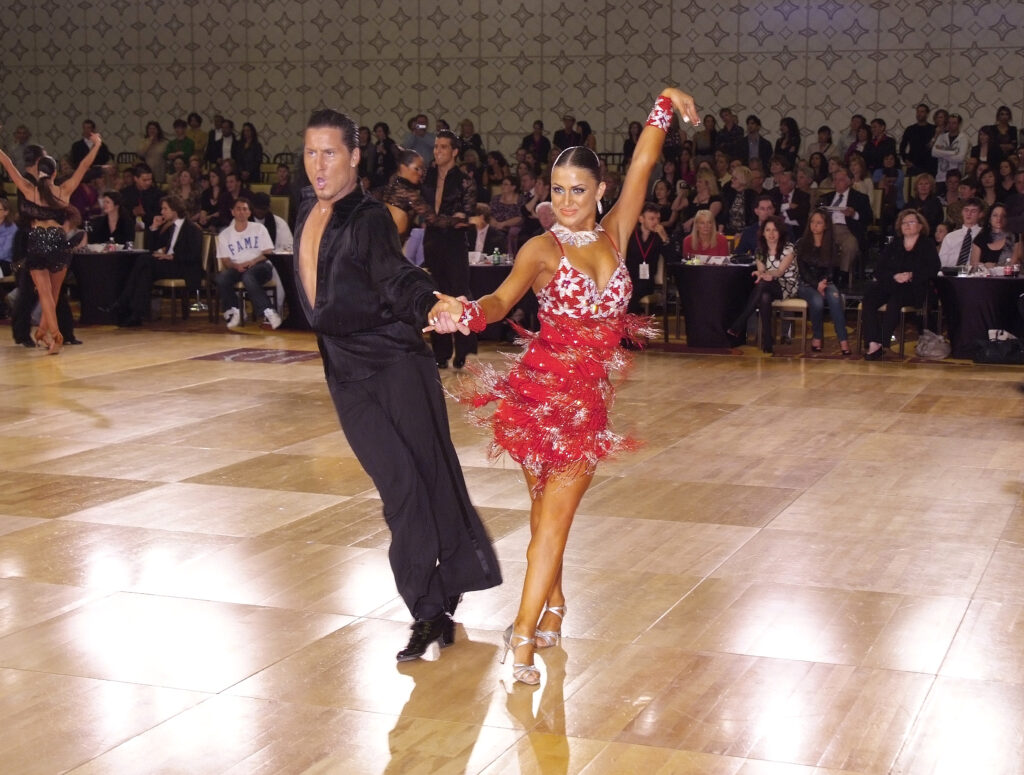
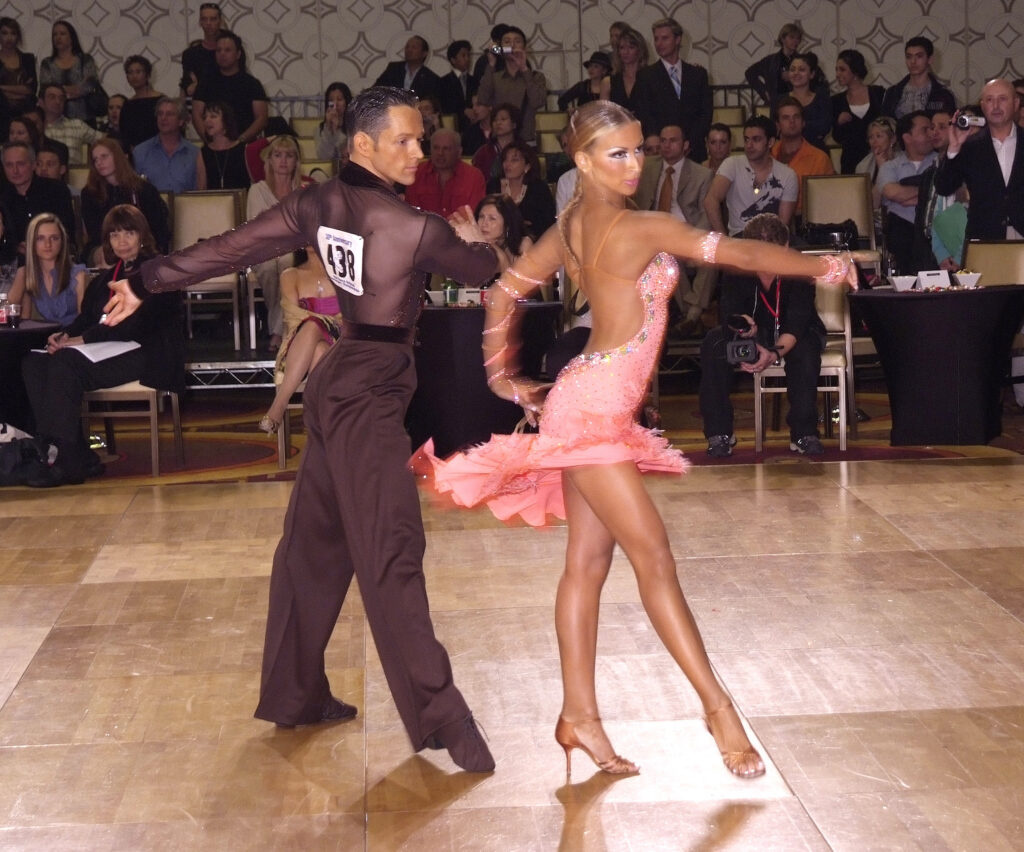
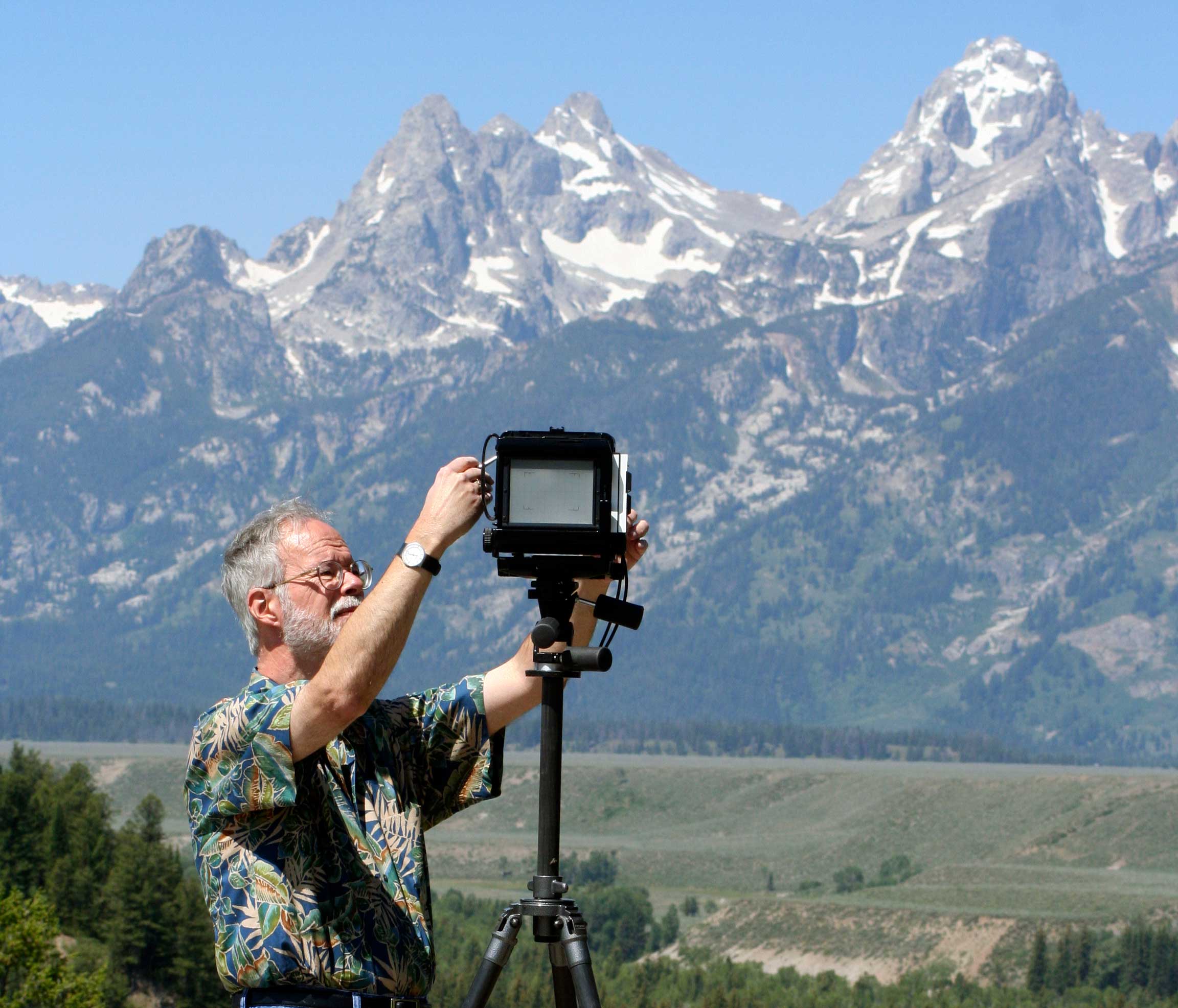 Carson Zullinger is a working artist who has been heavily involved in the arts community since the late 1970’s. He was a founding member of the Delaware Center for the Contemporary Arts, serving as President of the board during its early years. He rejoined the board in 2006 and served for 10 years including Development Chair, and Treasurer. He also was honored to serve on the Delaware State Arts Council for seven years. He currently serves on the Board of the Biggs Museum of American Art.
Carson Zullinger is a working artist who has been heavily involved in the arts community since the late 1970’s. He was a founding member of the Delaware Center for the Contemporary Arts, serving as President of the board during its early years. He rejoined the board in 2006 and served for 10 years including Development Chair, and Treasurer. He also was honored to serve on the Delaware State Arts Council for seven years. He currently serves on the Board of the Biggs Museum of American Art.
Carson is the 2014 recipient of the Masters Artist Fellowship from the Delaware Division of the Arts. He has exhibited extensively since the early 1980’s including the Delaware Art Museum, the Delaware Contemporary and the Biggs Museum of American Art. His work is in Museum and private collections. He has volunteered for USA Dance since 1999.

